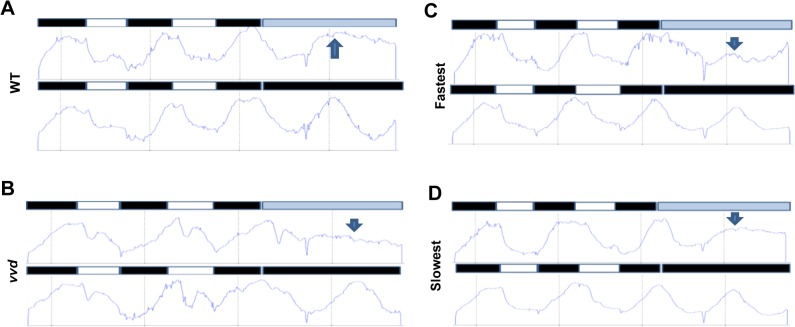Fig 6. Photochemical alterations in the fastest photocycle mutant affect the circadian clock during the day phase of an LD cycle.
Densitometric traces of WT (A), vvd null (B), fastest (C) and the slowest (D) photocycle mutant (race tube images in S8 Fig). Traces are an average of 3–6 race tubes. The strains were entrained to 12:12 LD cycles for 2 days using blue light (30 μM m-2s-1) followed by release into either constant low blue light (~2 μM m-2s-1) or constant dark. Arrows in blue show the expected phase of peak conidiation during the first day in constant light as determined by phase of the peak during the first day in constant dark. The WT and the slowest mutant strains maintain the expected phase of conidiation whereas the vvd and the fastest mutant strain do not.

